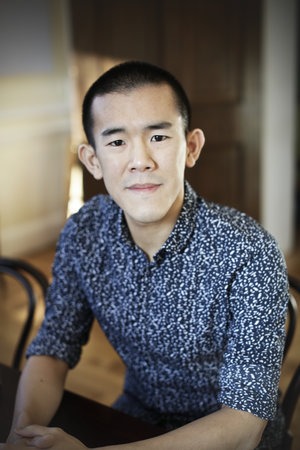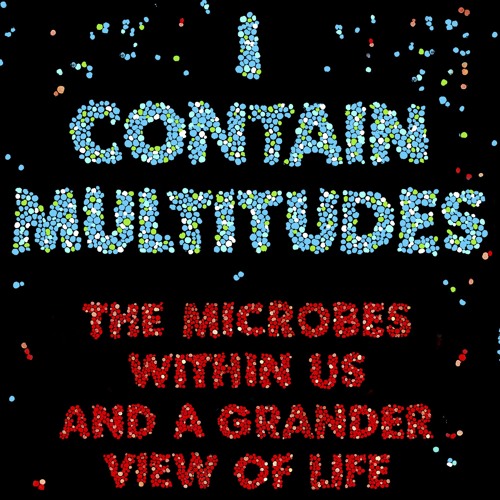


Broadening his perspective beyond humans to the entire animal kingdom, Yong covers an ambitious amount of ground. Joining an ever more crowded landscape of books on the topic, Multitudes easily distinguishes itself. Always a ‘we’ and never a ‘me’.”Īs a graduate student in a laboratory studying how the immune system interfaces with the microbiome, I was immediately drawn to this book-but I was also on guard for the groan-inducing overstatements that mark so much popular science writing on the topic.

In fact, we are legion, each and every one of us. “We see individuals, working their way through life as a bunch of cells in a single body, driven by a single brain, and operating with a single genome,” he notes. Yong pithily captures the revolutionary shift in scientific thinking that occurred when researchers finally grasped that at least half of the cells in our bodies don’t actually belong to us. Some estimates suggest that inside each of us are several pounds of bacteria-a “teeming organ” the function of which we are only beginning to comprehend. Inside steaming hot springs, at the bottom of the ocean, and in the depths of our own guts. And when they looked, they found a stunning diversity of microbes everywhere they looked. The rapid evolution of DNA sequencing technology, combined with Carl Woese’s discovery that a telltale gene called 16S could be used as a universal unit of comparison between bacteria, finally allowed scientists to study microbes without needing to first grow them in the lab. Only in the last few decades has that perspective shifted.

They were pathogens, germs to be exterminated with soap and antibiotics. It’s become a mantra for the blossoming field of microbiome research-the study of how the bacteria, fungi, and viruses that live on our skin and inside our guts shape our development, our health, even our moods.įor centuries our view of microbes was rather one-sided. The idea that we are inseparable from our microscopic colonizers isn’t new. “Our lives are heavily influenced by external forces that are actually inside us,” writes Ed Yong, whose new book I Contain Multitudes celebrates our place in the universe of microbes that swarm in and around us, more numerous than stars in the Milky Way.


 0 kommentar(er)
0 kommentar(er)
